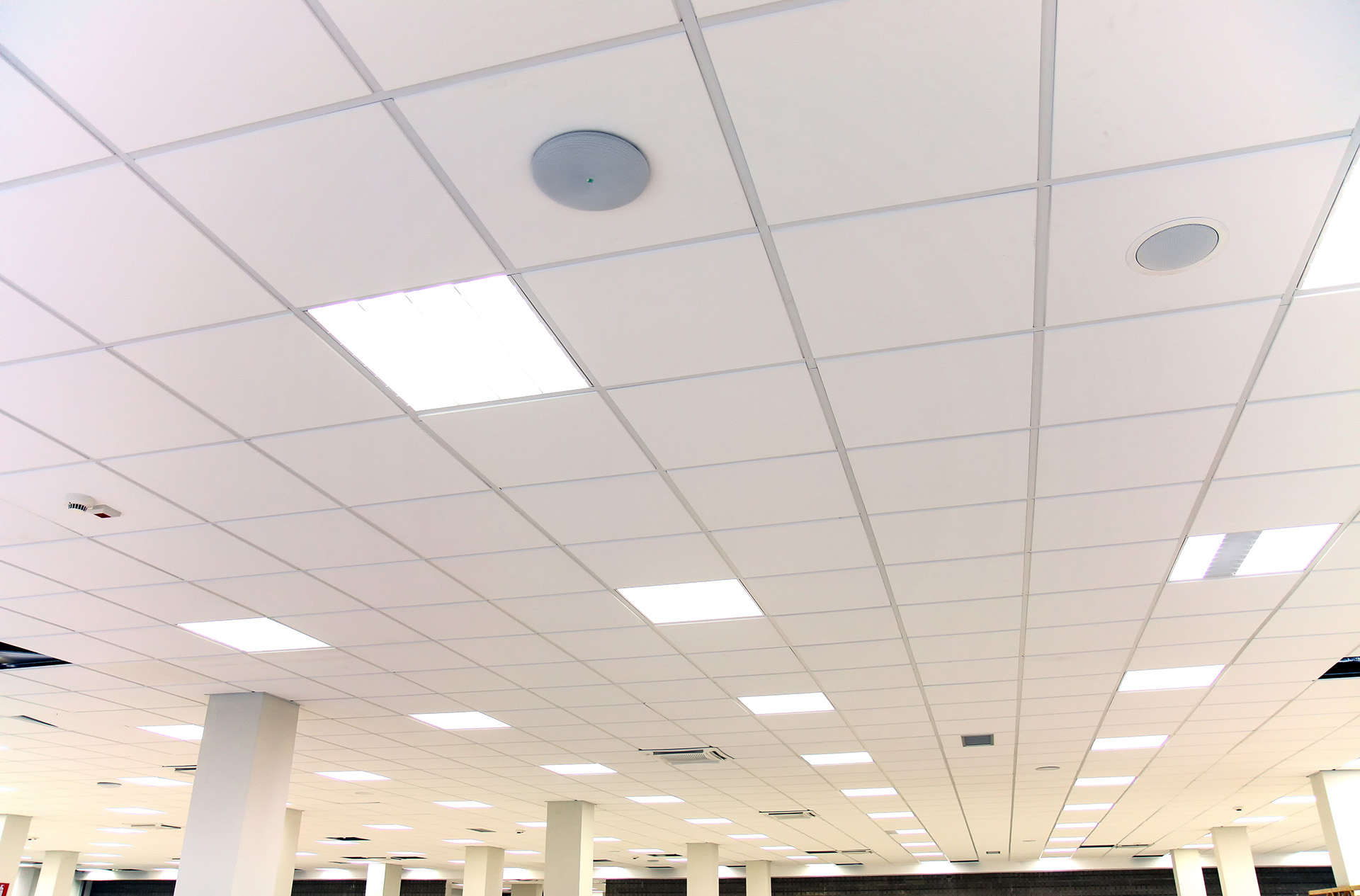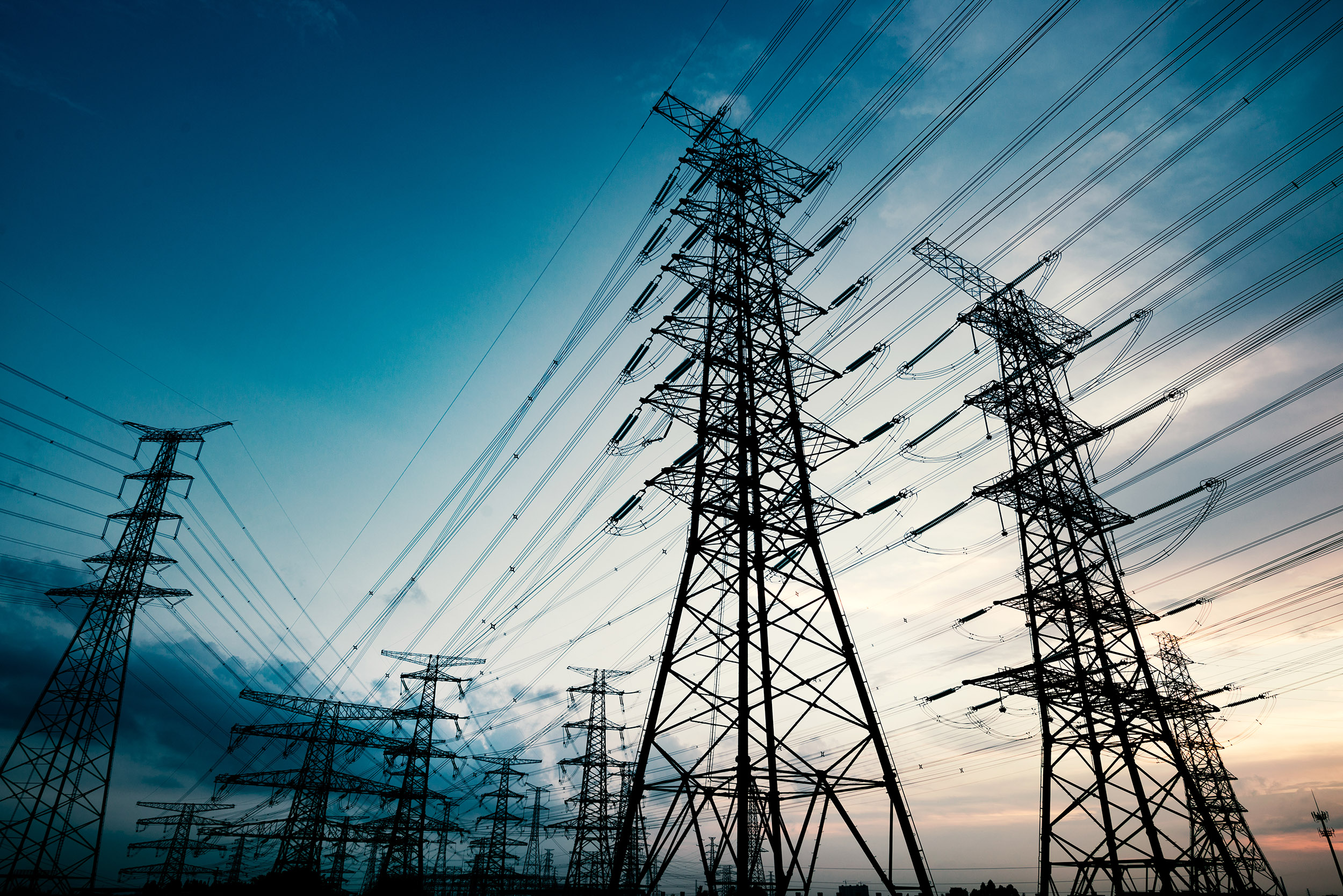Healthcare | August 26, 2019
Inside a Hospital Energy Audit
Commercial/industrial facilities engage engineers to perform energy assessments to uncover potential efficiencies. These audits can take anywhere from an hour to multiple days, depending on the number of facilities involved and types of efficiency measures being considered. Campuses such as a university or hospital typically take longer, due to the quantity of spaces that need to be evaluated.
Signing up for an audit isn’t always easy if you don’t know what to expect. In my time, I’ve audited dozens of facilities and wanted to share the experience. This piece walks you through a recent hospital energy audit I completed, typical of many energy assessments.
8:00 AM – Arrive on site at the hospital
I conducted this one with Ross Fairbanks, COO. We came together knowing it was a big hospital campus and would need two people to get the job done. To get to this point, we had introduced Mantis Innovation to the hospital network and helped them understand why efficiency projects would deliver financial savings for the institution. The network sent us to this location to start, and once we finish our audit of the space, we’ll go back to our contacts and share what we found in order to propose a scope of work.
When we arrived, we met up with our on-site facilities contact. Many hospitals require pre-clearance. For this site we were required to sign-in and immediately touch base with our contact for this particular project and for verification. As we completed our check-in, we were introduced to one of their on-site mechanics/facilities staff, who would guide us around the institution. Fortunately, this gentleman was able to free up time to spend the day with us. Some audits only take an hour or two, if we’re reviewing a single building or space. This particular hospital was large, and our assessment was going to take all day.
8:30 AM – Set energy audit strategy for the day
We sat down with onsite facilities person and he explained the hospital layout for me and Ross to review. We left it up to him to decide the starting location. On the day of the audit, we just tackled the lighting. Our initial impression per our discussion was that this would be smaller hospital that may specialize in a couple of areas, but once we dove into the details with the facilities person, we realized it’s massive and we would need to dedicate a longer review for in depth analysis. We decided to start at an inpatient building next door.
8:45 AM – Audit and assessment begins
Our assessments are done without interrupting or intruding on any activity happening in the hospital. We look at all lighting fixtures and evaluate the entire picture of the building and space. We don’t just look at the lights: we look at everything from switching to controls to how the space is being used, not just a “1 for 1” fixture swap to LED. We gather as much detail as possible. When we can, we’ll talk to onsite staff if they want to provide feedback about their own experience with the lighting. We make it a priority to work with the customer – not just our onsite facilities contacts or the finance team that enables projects like these to happen – we pay attention to the people who are actually in the space every single day.
9:50 AM – Energy use in common areas
After starting the day evaluating hallways throughout inpatient buildings, we moved into common spaces, like waiting rooms, offices, reception desks and nurse stations. After a couple of hours together, the facility manager needed a coffee break. When he returned, we used his scan card and keys to access a few empty patient rooms. Because of the uniformity of the hospital, evaluating just a couple empty rooms helped us understand how we could optimize and install energy efficient lighting into the rest of them.
11:40 AM – Time to break for lunch
With a busy day of auditing already under way, we stopped for lunch early. We left off with a completed area. Typically, we like to keep breaks as short as possible to make the most of our time on site and get the job done, so at this project, we had lunch in the hospital cafeteria.
1:35 PM – Special access needed in hospital wing
We’re accustomed to waiting for access in spaces that we audit and working around other peoples’ activities and schedules. We audit spaces as they are made available to us. There were several sections in the hospital that we needed an escort to access. We were monitored by a department manager or received closer observation by the mechanic accompanying us in sensitive spaces, for example those that may have involved closer patient contact, pharmacies and medical supply closets.
3:10 PM – Wrapped up energy audit on site
Since our on-site guide was a first shift mechanic, we had to finish up by about 3 PM. A long day! We wrapped up and returned to original check-in point. Comparing notes throughout the day, Ross and I had tackled the site in a “divide and conquer” fashion. From here, we’ll communicate the audit’s progress with our contacts at the site and healthcare network to explain exactly how far we went, how long it may take again, work through scheduling to set the best follow-up times and secure who’s available on their team. We look forward to the next steps: design and then build!
Related Posts
Discover more content and insights from Mantis Innovation

Your Guide to LED Lighting for Business and Commercial Buildings
Never to be underestimated, LED lighting and well-designed lighting retrofits and upgrades offer businesses big improvements like reduced energy costs, reduced emissions, and improved working

Leveraging Commercial Lighting Rebate Programs for Project Cost Savings
In the world of commercial real estate, energy efficiency is no longer a luxury, but a necessity. With the increasing emphasis on sustainability and cost-effectiveness, building owners and operators

Maximizing Energy Efficiency: A Blueprint for Reducing Energy Usage
For organizations, optimizing energy usage brings an array of benefits, from reducing operational costs to having a positive impact along your sustainability journey. Mantis Innovation understands

Energy Choice for Lubbock
Hey there, Lubbock electricity consumers! We have some exciting news to share with you. You may have heard that Lubbock is joining the majority of Texas in the deregulated energy market. This means
